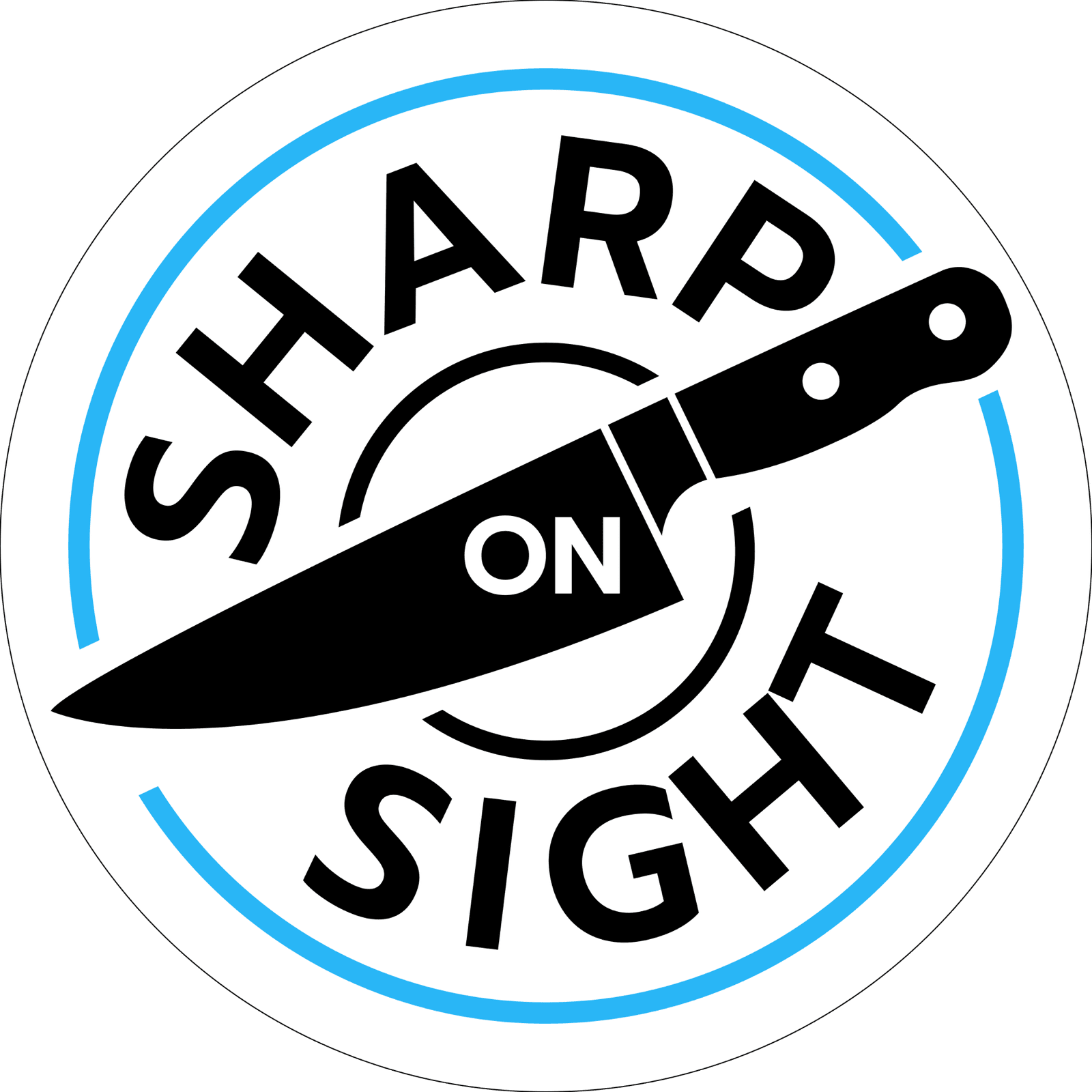Field-Tested Edges: Real-Life Stories from the Hunting Trail

When you're out in the field, your gear isn't just equipment—it's your lifeline. And few tools are more critical to a successful hunt than your knife. Whether field-dressing a deer, processing small game, or making kindling back at camp, your blade's sharpness can make or break the moment. Today, we explore real (and composite) stories from hunters who learned firsthand the stark difference between factory edges and professionally sharpened blades.
The Buck That Wouldn’t Wait: Jake’s Story from Northern Wisconsin
Jake had been hunting white-tailed deer for over 15 years, but one cold November morning near Ashland, he got his reminder that experience doesn’t replace preparation. After a clean shot dropped a mature buck, Jake knelt beside the animal with his new factory-fresh hunting knife. It looked great out of the box, with a mirror polish and a "razor-sharp" label stamped on the packaging.
But when he started to make the first cuts, resistance told a different story. The knife struggled through the hide, catching and dragging with each motion. The blade didn’t glide—it chewed. As the minutes dragged on, so did his frustration.
Back at camp that night, a buddy handed Jake a knife professionally sharpened by a local expert in Sun Prairie. "Try this next time," he said. Jake did. The difference? Night and day. The second knife sliced cleanly through the next deer he dressed, reducing a 30-minute job to under 10 minutes.
"I realized then," Jake said later, "factory sharp doesn’t mean field-ready."
Campfire Wisdom: The Sharpest Lesson Caleb Ever Learned
Caleb had always believed that brand-name blades would carry him through any task. On a weeklong elk hunt in Colorado, he packed two well-known outdoor knives straight from the store shelf. The plan? One knife for fieldwork, one as backup.
The reality? A blunt surprise. The first elk of the trip proved too much. The edge dulled halfway through the field-dress, and switching to the second blade offered little improvement. With bloody gloves and a partially processed elk, Caleb ended up borrowing a handmade fixed blade his uncle had brought along.
That knife had been professionally sharpened and maintained for years. It cut cleanly, effortlessly, and safely. Back at camp, around the fire, Caleb got an impromptu sharpening lesson.
"I always thought sharp was sharp," Caleb said. "But when I felt that edge glide through hide like it was slicing warm butter, I knew I’d been wrong."
Two Knives, One Gut Pile: Sarah's Field Comparison
Sarah, a lifelong bowhunter from Iowa, had always been curious about edge retention. That curiosity turned into a field test during a late-season doe hunt.
She brought two identical knives: one with the factory edge, and one professionally sharpened and stropped by a specialist. The goal? See how they each performed in real-world use.
After a successful morning, she used the factory edge first. It did the job, but it required more pressure, more sawing motion, and left more jagged cuts. Then she switched to the professionally sharpened blade for quartering. It was smoother, faster, and left the meat cleaner.
"I thought the steel was the most important thing," she said. "Turns out, the edge you put on it matters just as much."
Steel Doesn’t Lie, But Angles Do
Every hunter knows steel type is a big deal—S30V, 1095, D2. But few realize the factory grind angles are often a compromise between mass production and liability concerns. They’re not optimized for your actual use.
Professional sharpeners, on the other hand, tune the edge to suit specific needs. Skinning and quartering? Go for a fine, low-angle edge. Want more durability in the field? Opt for a slightly higher micro-bevel. The point is: the best blade in the world is only as good as the edge it carries.
That’s the story from Marcus, a Wisconsin guide who processes dozens of deer every year. "I don’t care what knife someone shows up with," he says. "If the edge isn’t dialed in, it’s a liability, not a tool."
Beyond Sharp: Safety and Efficiency in the Field
Sharp knives aren’t just about performance—they’re about safety. A dull blade requires more force, which increases the chance of slipping, especially when working in wet, cold, or low-light conditions.
Tom, a retired firefighter and hunter, learned this lesson the hard way. A miscut while trying to saw through tough cartilage with a factory blade ended with a trip to urgent care and six stitches. "Now I get my blades sharpened every season," he said. "It's cheaper than the ER."
What Hunters Should Know
So what’s the takeaway from these stories?
- Factory edges are not field-tested. They often look good but don’t hold up under real-world use.
- Professionally sharpened knives make the job faster and cleaner. Less time field-dressing means better meat preservation and less scent to attract predators.
- The right angle matters. A customized sharpening angle improves performance based on your hunting style.
- Safety improves with sharpness. Less force means more control and fewer accidents.
- Edge maintenance is part of the hunt. Just like zeroing your rifle, tuning your knife matters.
If you’ve never had your knives professionally sharpened, consider it before your next trip into the wild. The difference might just surprise you.
Ready to Upgrade Your Edge?
At Sharp On Sight, we specialize in tuning blades for real use—not just showroom appeal. Whether you're a seasoned hunter or getting ready for your first field dress, we can help make sure your knife is up to the task.
Drop off your blades in Sun Prairie or meet us at the next farmers market in Madison. Either way, we’ll make sure you don’t just carry a knife—you carry an advantage.
Because out there, every cut counts.
Message Sharp On Sight | Local Sharpening Pros
Ready for Razor-Sharp Precision?
Whether you're looking for a quote or just have a question, I'm here to help. Reach out, and let's bring those edges back to life.
